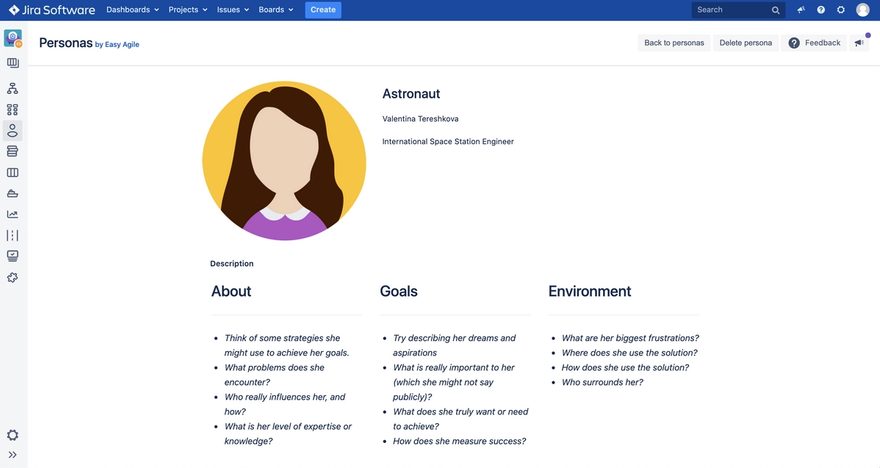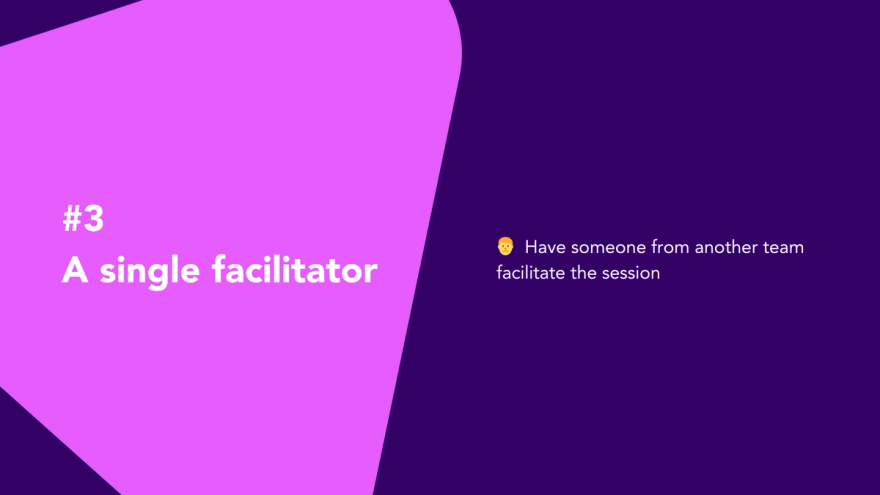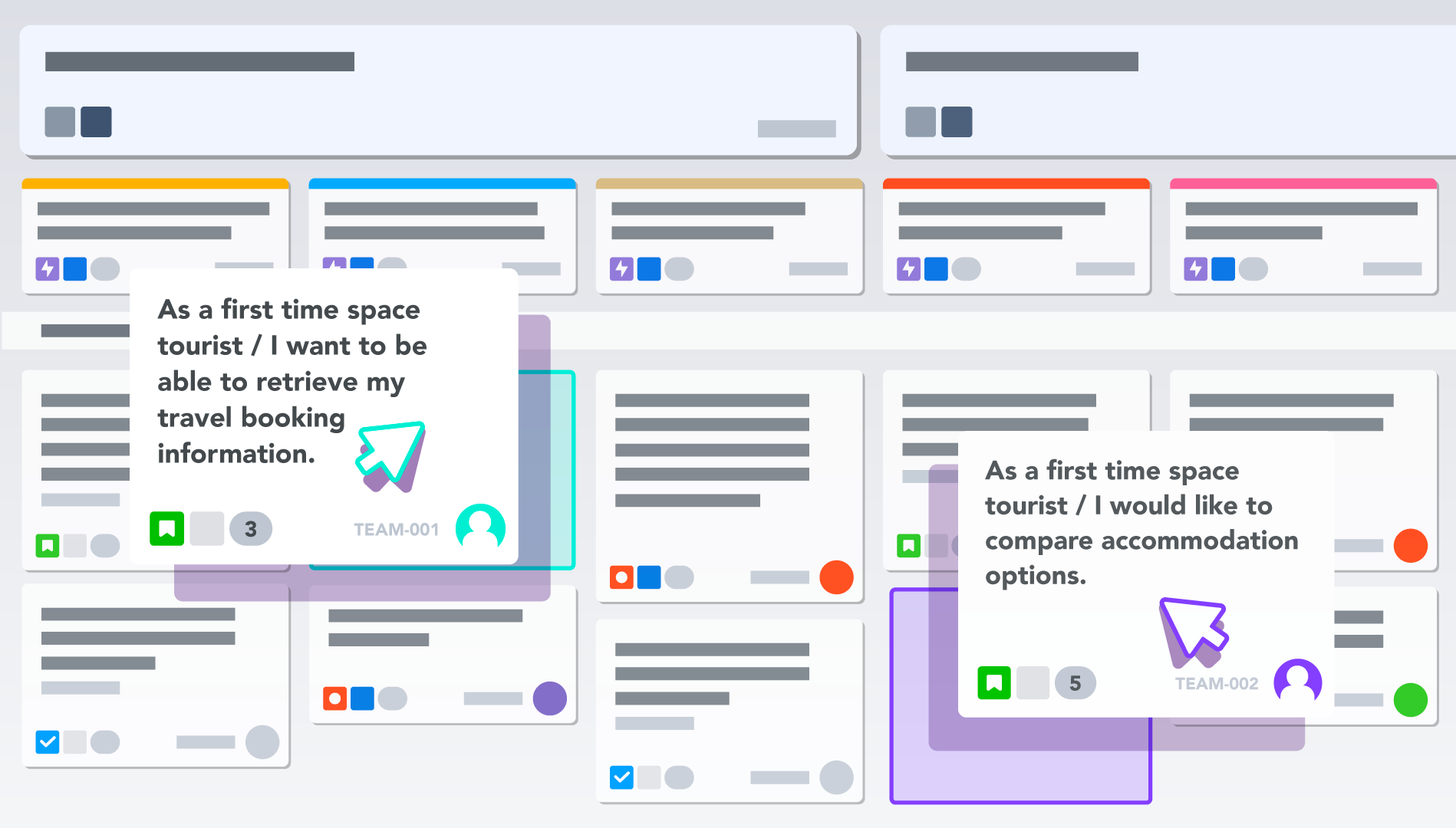User Story Mapping Best Practice
A user story map is a visualisation of the journey a customer takes with a product, and includes the activities and tasks they would typically complete.
Building a user story map is typically conducted at the beginning of a Project or Product, and is a collaborative activity involving the team with the sole purpose of creating a shared understanding of who our customers are and how we should focus our development of stories by providing the most value to our customers.
It gives us a quick and visual way to to understand what part of the customer journey each of our user stories impacts.
On this page, we'll share 3 of our best practice tips for running effective User Story Mapping sessions.
Tip 1: Set aside time and break it down
Getting the team and stakeholders together for an extended period of time can often be tricky.
Depending on the scope of your user story mapping session you may want to take a whole day, however, we would recommend breaking it down to two 3 hour sessions over 2 days.
We also recommend starting after lunch on a Monday and concluding by lunch on a Tuesday.

This gives you a night in between sessions which gives your team the space to employ system 2 thinking after the first session, and also gives the team a chance to get lunch together once the session is completed and informally debrief.
Tip 2: Start with Personas
Before we create a user story map, we need to know and understand who are our users?
By creating customer persona’s before we build out our user story maps, we have a better idea of how those users will engage with the product, and their goals/objectives of using it

Most often we’ll be choosing only one persona to focus on for a story mapping session, so we don’t get confused and so we can ensure we’ve covered all the aspects of the solution for that persona.
Product Tip
Easy Agile TeamRhythm x Easy Agile Personas
Easy Agile Personas allows you link stories on your backlog to Persona profiles in the Jira issue view, using the following custom fields:
- Persona
- Persona Importance

Learn more about Easy Agile Personas here
These fields are exposed in the issue view modal so you can assign issues to Personas + story importance without leaving the user story map.
Tip 3: A single facilitator
There should be a single person whose role is purely to facilitate the user story mapping session.
Something we would encourage, is to ask a Product Manager or Product Owner from another team to run the session.

The value of doing this, is that different people bring different ice breakers and different relationships within the team which makes different people feel more comfortable sharing with group.
This tactic is also beneficial because it exposes other team members to not only facilitation as a practice, but also the practice of user story mapping.
